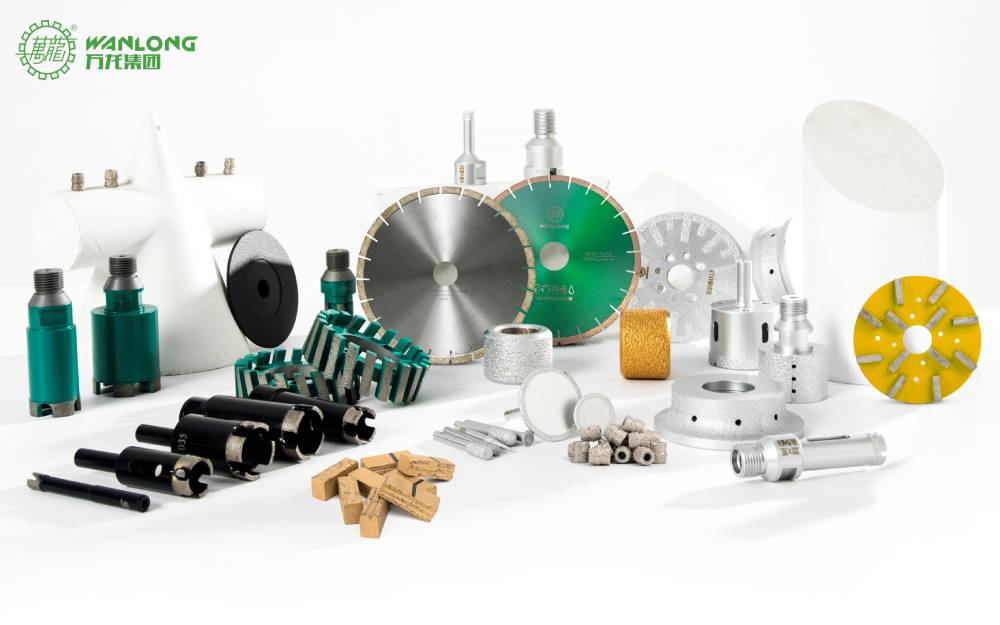Why are there so many types of segments? Mainly because there are many types of stone in nature, and different stones have different hardness, abrasiveness, toughness, crack resistance, etc. The material is equipped with different diamond segments, so that the segment has better cutting performance and service life, so as to avoid the situation that the marble segment cuts granite without cutting, and the teeth are lost, and also avoids the consumption of segments when the granite segment cuts marble. Too fast, the blade becomes dull, etc.


So how to distinguish diamond segments for granite cutting?
1. In terms of shape: The granite segment will be designed into various shapes in terms of cutting edge to facilitate cutting, such as M-shaped, V-shaped, K-shaped, W-shaped, corrugated, fan-shaped, etc. Because the cutting area is reduced, the segment will be very sharp at the beginning, and it can be stably overrun in the early stage of cutting the stone.
2. In terms of structure: the efficiency of multi-layered granite segments is much higher than that of non-interlayered segments, especially the 7-layer and 9-layer large segments, which are widely used in multi-piece bridge combination cutting and single-arm cutting. Combined cutting, greatly improving the processing efficiency.
3. In terms of carcass raw materials: the granite segment faces very hard stone, so the granite segment has extremely high requirements on hardness and toughness. At present, silicon carbide base is the best choice, but the price of this material is very high. Due to the high price, people choose iron base for granite segment. The use of this material greatly reduces the price of granite segment. Therefore, most granite segments use iron powder, which leads to the partial color of granite segment. Grey-black or grey-white.
Common granite bits usually use fine-grained, medium-quality, high-concentration diamond powder. Of course, not all granite bits are formulated like this, but the overall adjustment direction and trend tend to be the same.







